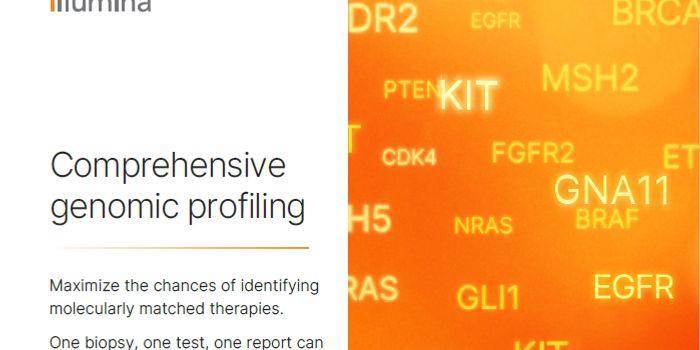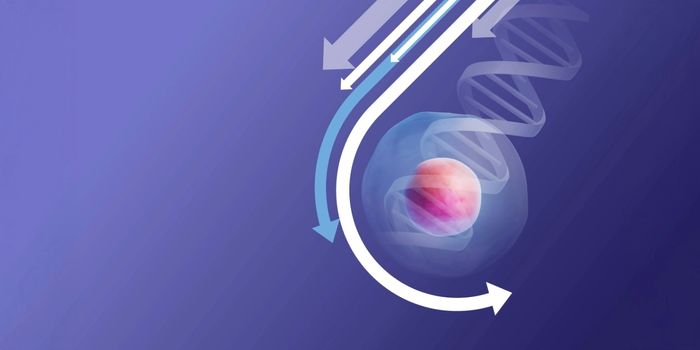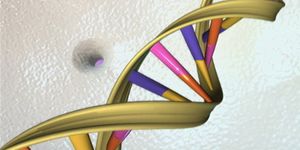The Intriguing Genome of Mitochondria
Our cells carry special structures called organelles, with each different organelle performing various specialized, critical functions. The ribosome, for example, is involved in generating proteins. Mitochondria are another kind of organelle that is commonly known as the powerhouse of the cell; they are vital energy generators but they also perform some signaling functions. Mitochondria are also unique among organelles in several ways. They carry their own genome, from which they can make their own proteins.
Scientists have now set out to learn more about mitochondria. Using super-resolution microscopy, EPFL biophysicist Suliana Manley and collaborators led by Jean-Claude Martinou at the University of Geneva examined these organelles. They found that the RNA from the mitochondrial genome gets packaged up into minuscule liquid droplets that can merge or break apart. The findings have been reported in Nature Cell Biology.
"The organization of genetic information contained within mitochondria is highly dynamic thanks to this liquid-like aspect of its RNA granules," explained Manley. "The way they continuously exchange material gives us insight into how mitochondria are able to make sure they have the genetic information they require to produce energy within cells."
The mitochondrial genome is much smaller than the genome that's carried by cells' nuclei; the mitochondrial genome is about 100,000 times smaller than genomic DNA, and is made of only about 16 thousand base pairs compared to the three billion in nuclear DNA. Mitochondrial DNA is also passed down almost exclusively by the mother of offspring. The endosymbiotic theory is that ages ago, mitochondria were a kind of microorganism that entered another cell, possibly around the time that eukaryotic cells, with their organelles, initially evolved.
In order to fully understand the proper function of a human cell, and how that function might be disrupted in disease, we have to know how mitochondria work. Huge amounts of mitochondria are needed in cells that have to do a lot of work, like muscle or nerve cells. When they begin to function improperly, it can have devastating consequences. There are a variety of diseases that are caused by errors in the mitochondrial genome.
Sources: AAAS/Eurekalert! via Ecole Polytechnique Fédérale de Lausanne (EPFL), Nature Cell Biology








